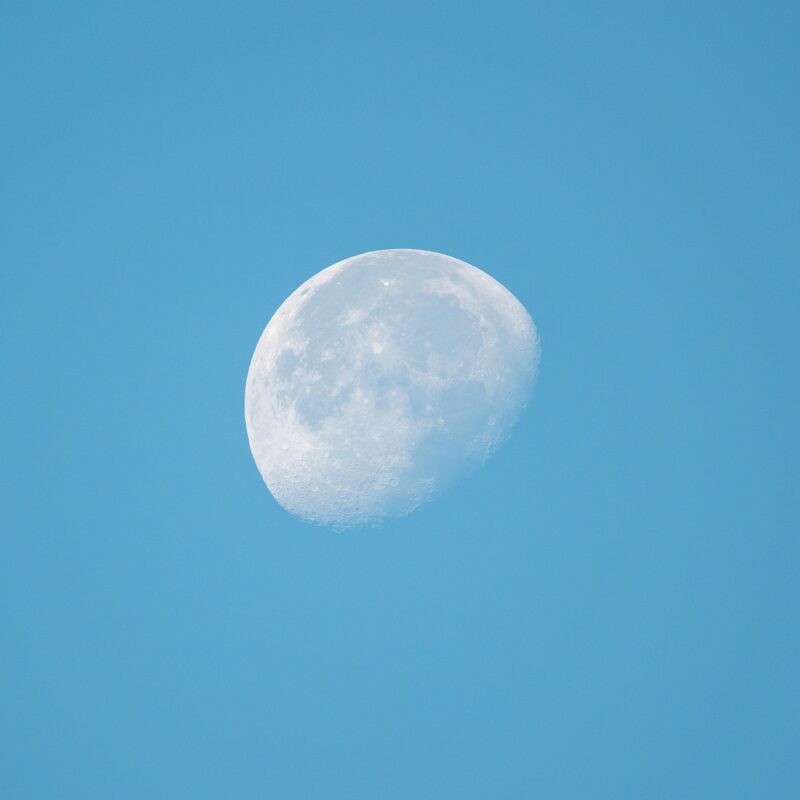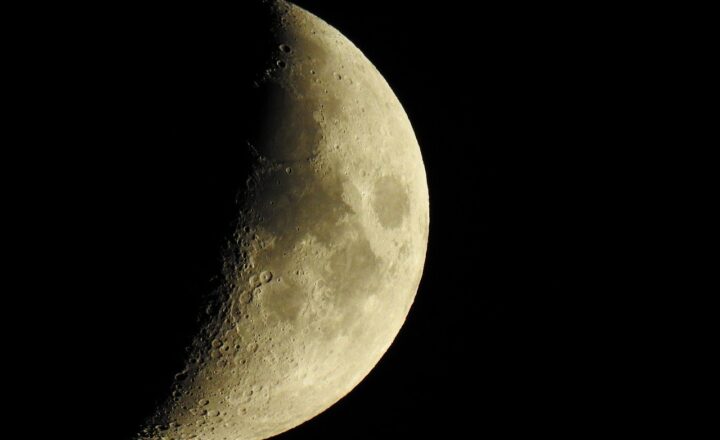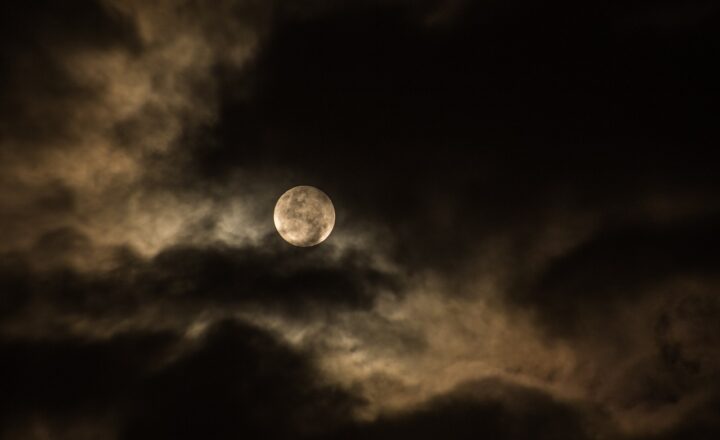
The Moon has captivated humanity’s imagination since the dawn of time, reflecting light in the night sky and influencing natural rhythms on Earth. One fascinating aspect of its role is how it has shaped early calendars across various cultures. In this article, we will delve deep into how ancient civilizations relied on lunar cycles to mark time, plan agricultural activities, and celebrate important events.
1. The Moon: A Natural Timekeeper
Lunar phases offer a consistent and visually observable way to track the passage of time. As the Moon orbits the Earth, its appearance changes, creating a cycle of phases that can be seen without the need for complex instruments.
The major lunar phases include:
- New Moon: The Moon is not visible, marking the beginning of the lunar month.
- First Quarter: The Moon is half-illuminated, aiding in navigation and agriculture planning.
- Full Moon: The Moon is fully illuminated, often linked with celebrations and rituals.
- Last Quarter: The Moon is again half-illuminated, providing another checkpoint in the lunar cycle.
These phases repeat approximately every 29.5 days, making it ideal for early communities to mark time effectively.
2. Ancient Civilizations and Their Lunar Calendars
Various ancient civilizations adopted lunar calendars, each developing unique systems that were crucial for their livelihoods.
Ancient Egyptians
The Egyptians primarily followed a solar calendar; however, they also noted the lunar phases for agricultural practices. They observed the heliacal rising of Sirius, which coincided with the Nile’s flooding, helping them determine the agricultural season while using lunar cycles to time planting and harvesting.
Mesopotamians
The Sumerians are credited with one of the earliest recorded lunar calendars. Their calendar consisted of 12 months, each month beginning with the sighting of the new moon. This calendar was primarily for agricultural planning. They kept track of lunar months with meticulous records, emphasizing the importance of celestial movements in their daily lives.
Mesoamerican Cultures
Cultures like the Maya and the Aztecs developed complex lunar calendars, interweaving moon phases with their solar calendars. The Maya had a Tun calendar of 360 days and a Haab’ calendar of 365 days, interspersing lunar months into their structure to harmonize agricultural cycles and religious ceremonies.
3. Lunar Cycles and Agriculture
Agriculture depended significantly on accurate timekeeping. The Moon’s influence on natural elements, such as tides and plant growth, made it essential for early agricultural societies to adopt lunar calendars.
For instance,
- Crops like potatoes and carrots are known to perform better when planted during specific lunar phases.
- The gravitational pull associated with the Moon affects water in soil, which can optimize planting times.
Thus, many farmers to this day still consult lunar calendars to determine the best times for planting, tending, and harvesting crops.
4. Cultural Significance of the Moon in Calendars
Besides practicality, lunar calendars played a vital role in cultural and spiritual life:
- Rituals and Celebrations: Many ancient cultures held ceremonies tied to lunar events. The full moon often symbolized illumination and abundance, prompting feasts and gatherings around this time.
- Myths and Stories: The Moon inspired myths, reflecting the human experience and values. Cultures created deities associated with the Moon, linking them with agricultural cycles and human behavior.
For instance, in some Native American cultures, the full moon in June is known as the Strawberry Moon, signifying a time for harvesting berries.
5. The Transition to Solar Calendars
As societies advanced, many transitioned to solar calendars, better suited for agricultural consistency over the year. The Roman calendar and later the Gregorian calendar standardized timekeeping based primarily on solar cycles.
Despite this shift, vestiges of lunar influence remain in modern calendars. For instance, many cultures still observe months based on lunar cycles, and lunar events such as eclipses continue to hold cultural significance. For example, Ramadan in Islamic culture is based on lunar sighting, affecting the calendar year and fasting periods.
6. Conclusion: The Enduring Influence of the Moon
The Moon has shaped humanity’s understanding of time and the natural world for millennia. Even as societies transitioned towards solar calendars, the influence of lunar phases persisted, remaining integral to cultural identities and agricultural practices.
In understanding the role of the Moon in shaping early calendars, we gain insight into how our ancestors navigated their world, sowed their crops, and celebrated their lives. The Moon remains a source of inspiration, mystery, and guidance for many people today.
Ultimately, it reminds us of our connection to nature and the rhythms that govern our universe.
Whether you gaze at the Moon in wonder or consult its phases for timely planting, it is clear that the Moon’s legacy in timekeeping and culture endures. By reflecting on these early practices, we can gain a deeper appreciation for our celestial neighbor and its pivotal role in shaping human history.







